Invasive species are like unwelcome guests at a party – they arrive uninvited, disrupt the natural balance, and often wreak havoc. These botanical intruders typically lack natural predators, allowing them to spread unchecked. As they establish themselves in new areas, they can outcompete native plants, alter ecosystems, and even lead to the decline of local wildlife. In this article, we’ll delve into 15 of the most invasive plant species in the United States.
Kudzu

Kudzu is one of the most invasive plant species in America. Originally from China, Japan, and the Pacific islands, it was introduced to the U.S. during the Philadelphia Centennial Exposition in 1876. Initially promoted as an ornamental plant and later as a forage crop, it quickly spread across the southeastern United States. Kudzu’s growth rate is astonishing—it can grow up to one foot per day and cover 60 feet annually. This aggressive vine smothers native plants, engulfs trees, and adds immense weight, leading to their demise. Despite efforts to control it through methods like goat grazing and vegetation management, kudzu remains a persistent threat to natural ecosystems and landscapes.
English Ivy

English Ivy was introduced to America by colonists in the 1700s. It was initially intended to recreate the familiar landscapes of their homelands. However, this seemingly charming vine quickly turned destructive. English ivy spreads relentlessly, both vertically and horizontally. It climbs trees, eventually causing them to topple under its weight, and smothers native plants on the ground. Its aggressive growth disrupts ecosystems, threatening biodiversity. Homeowners who appreciate the ivy’s appearance can opt for native alternatives like creeping mint or creeping phlox to achieve a similar aesthetic without environmental harm.
Common Buckthorn

Common Buckthorn arrived in the United States with good intentions but has become one of the most invasive species. Introduced by well-meaning botanists in the late 19th century, Common Buckthorn found its way into our gardens. This aggressive shrub crowds out native plants, disrupting local ecosystems and reducing biodiversity. It hosts various pests, further impacting surrounding vegetation. The decomposition of its leaf litter alters soil pH, creating challenges for nearby plants.
Wisteria
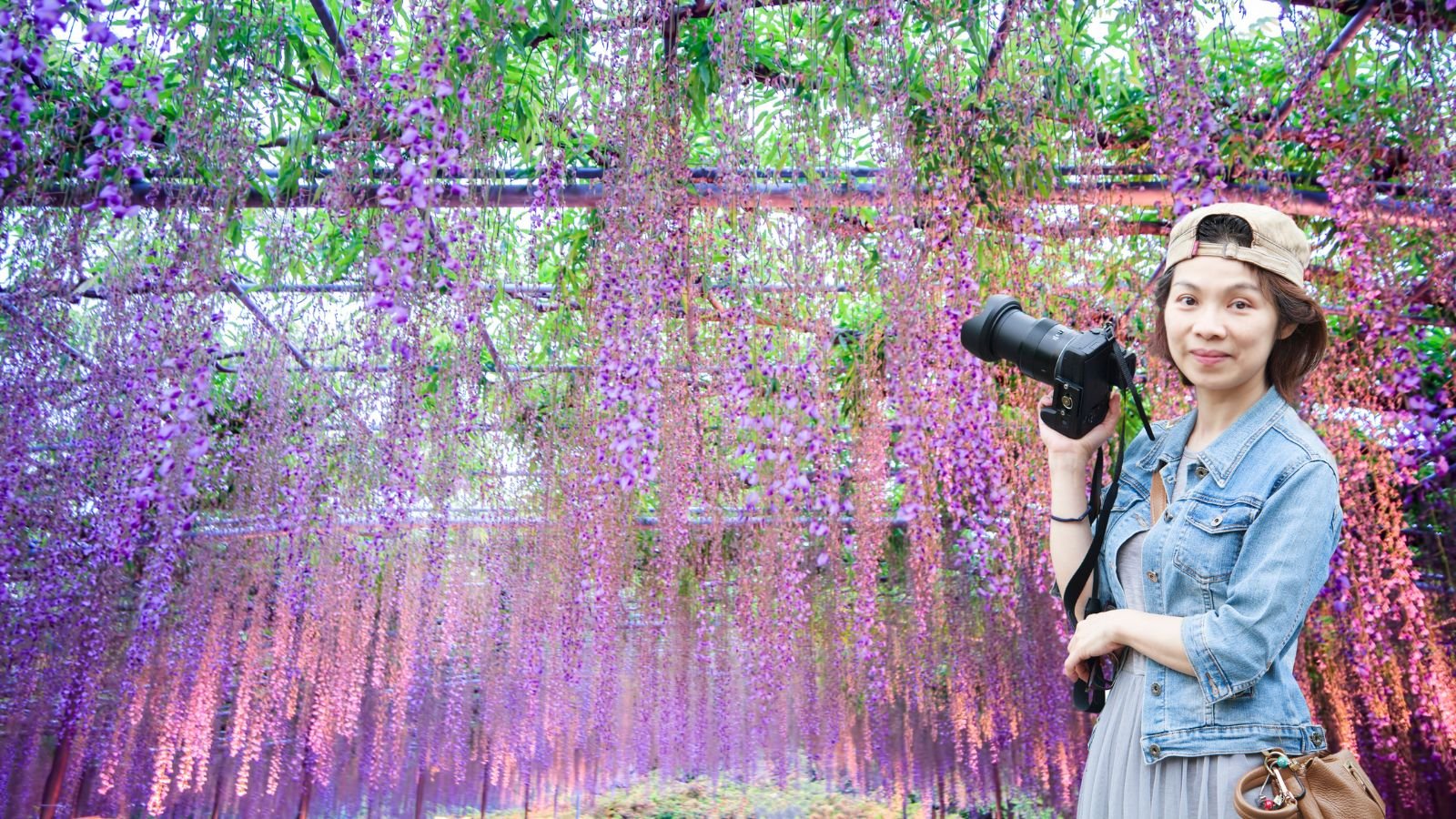
Wisteria is undeniably one of the most invasive plant species in America. Originally from China, this beautiful vine has become a formidable threat. Its rapid growth makes it challenging to manage once planted. Found in at least 19 U.S. states, from Texas to Massachusetts, Frequent pruning is the only effective way to prevent its unchecked spread. While its fragrant purple blooms are captivating, planting it on your property can lead to difficulties due to its vigorous growth. For those who adore the purple blossoms, native alternatives like Wisteria frutescens or Wisteria macrostachya offer similar beauty without the ecological havoc.
Purple Loosestrife
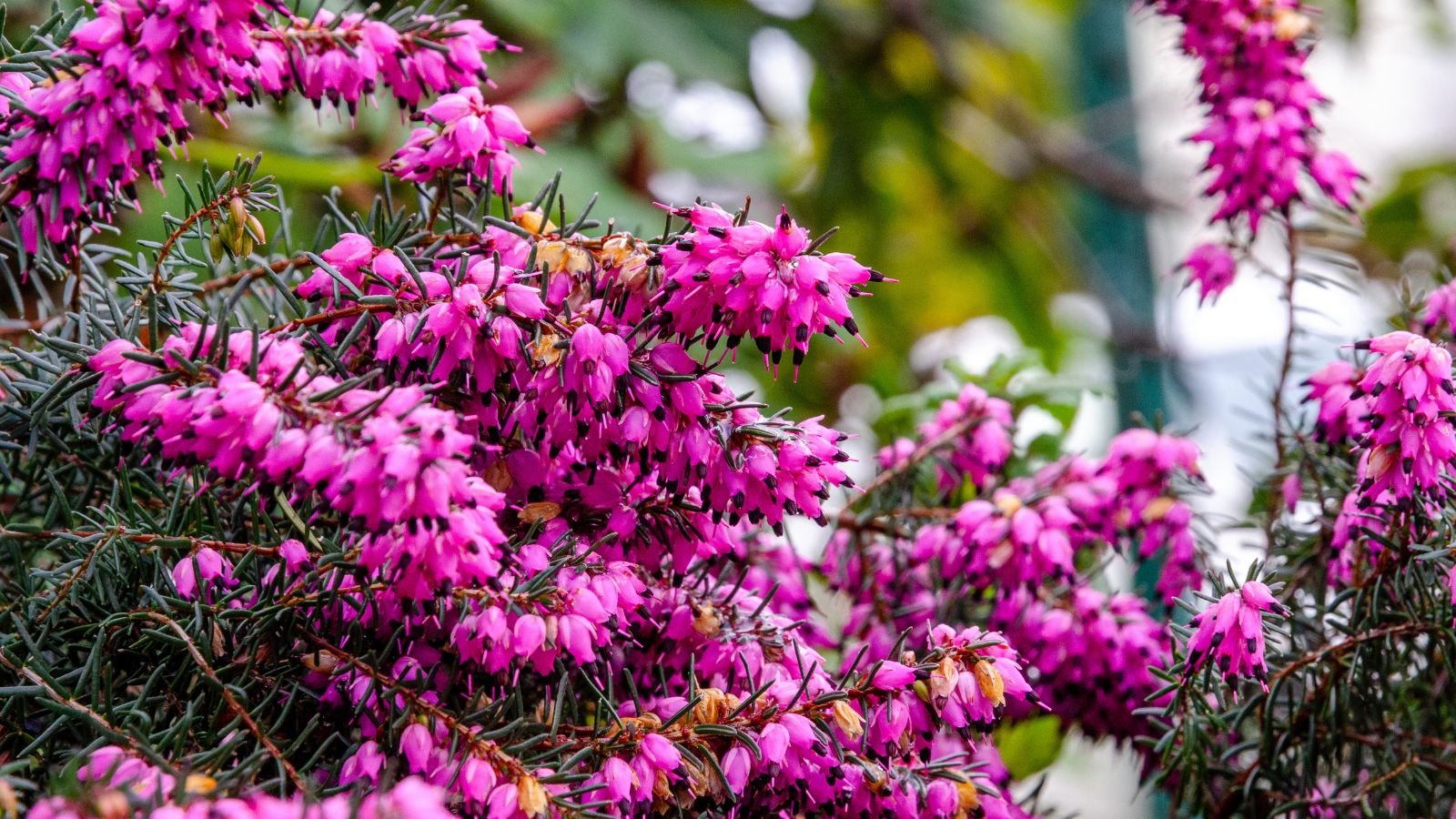
Purple loosestrife, a beautiful wildflower from Eurasia, has become a major ecological threat in North America. Introduced in the 1800s, it aggressively invades wetlands and spreads rapidly through wind-dispersed seeds and fast-growing roots. This aggressive invader disrupts ecosystems by displacing native plants and harming vital habitats for wildlife. While herbicides can control loosestrife, its lack of natural predators makes it a persistent challenge.
Japanese Barberry
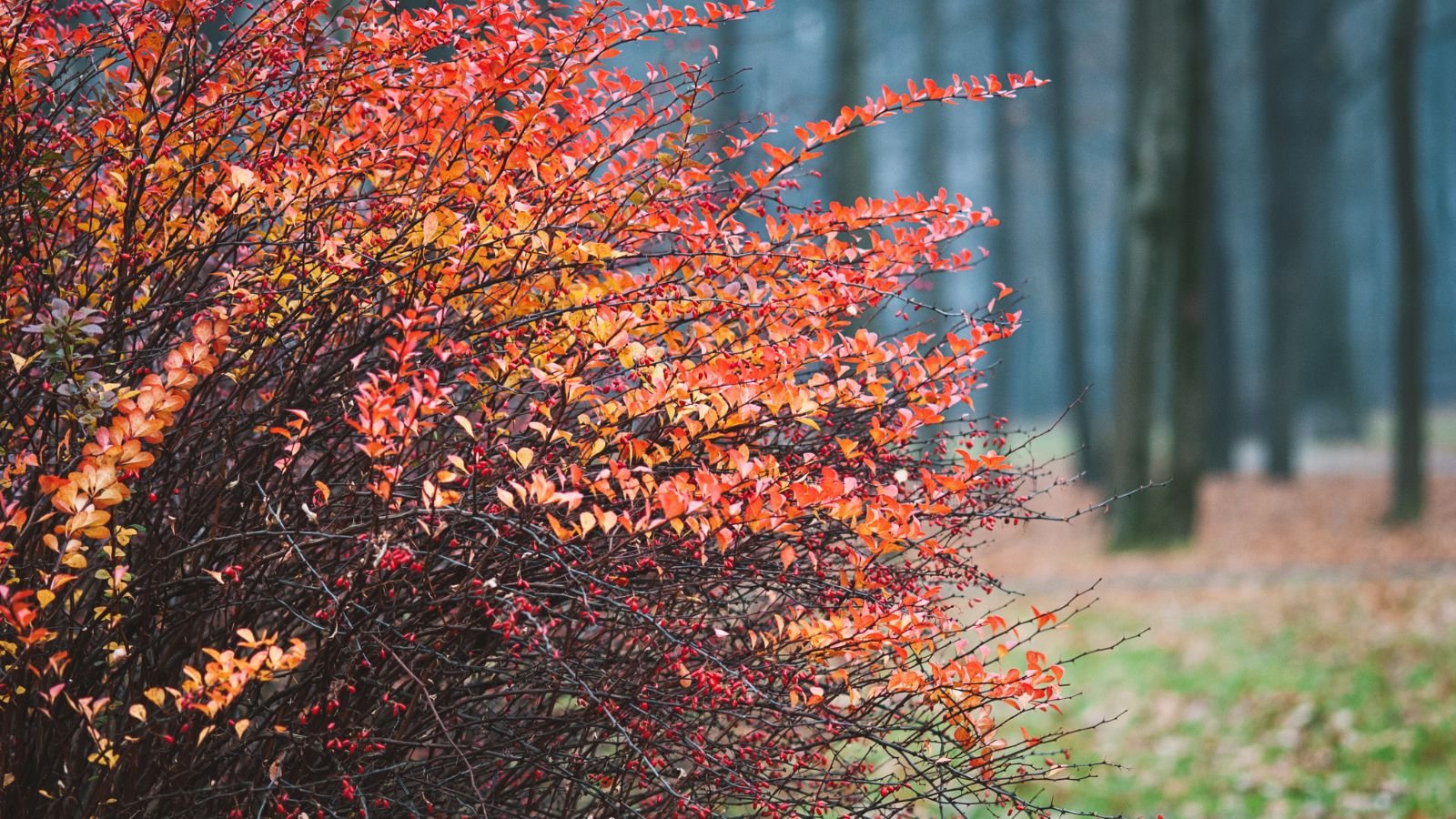
Introduced in the 1800s as a landscaping solution, Japanese barberry has become a major ecological headache. This attractive shrub aggressively outcompetes native plants, forming dense thickets that choke out sunlight and nutrients. Birds readily spread their seeds, allowing this plant to invade forests, meadows, and wetlands. Beyond displacing native flora, Japanese barberry can alter soil composition in some areas. Even worse, its dense thickets provide ideal cover for deer ticks, which are known to transmit Lyme disease to humans. While once a popular landscaping choice, Japanese barberry is now recognized as a serious invasive threat to natural ecosystems across much of the eastern United States.
Callery Pear Trees

Callery Pear Trees, also known as Bradford pear trees, are a familiar sight in spring, adorned with beautiful white flowers. However, their fragrance—reminiscent of rotting fish—can be less enchanting. Originally from Vietnam and China, these trees gained popularity as a low-cost landscaping option. Unfortunately, their aggressive spread has turned them into a significant problem. Callery pear trees reproduce prolifically, spreading across landscapes and displacing native vegetation. Several states, including Pennsylvania, Ohio, and South Carolina, are taking action to curb their impact by banning sales and planting.
Butterfly Bush
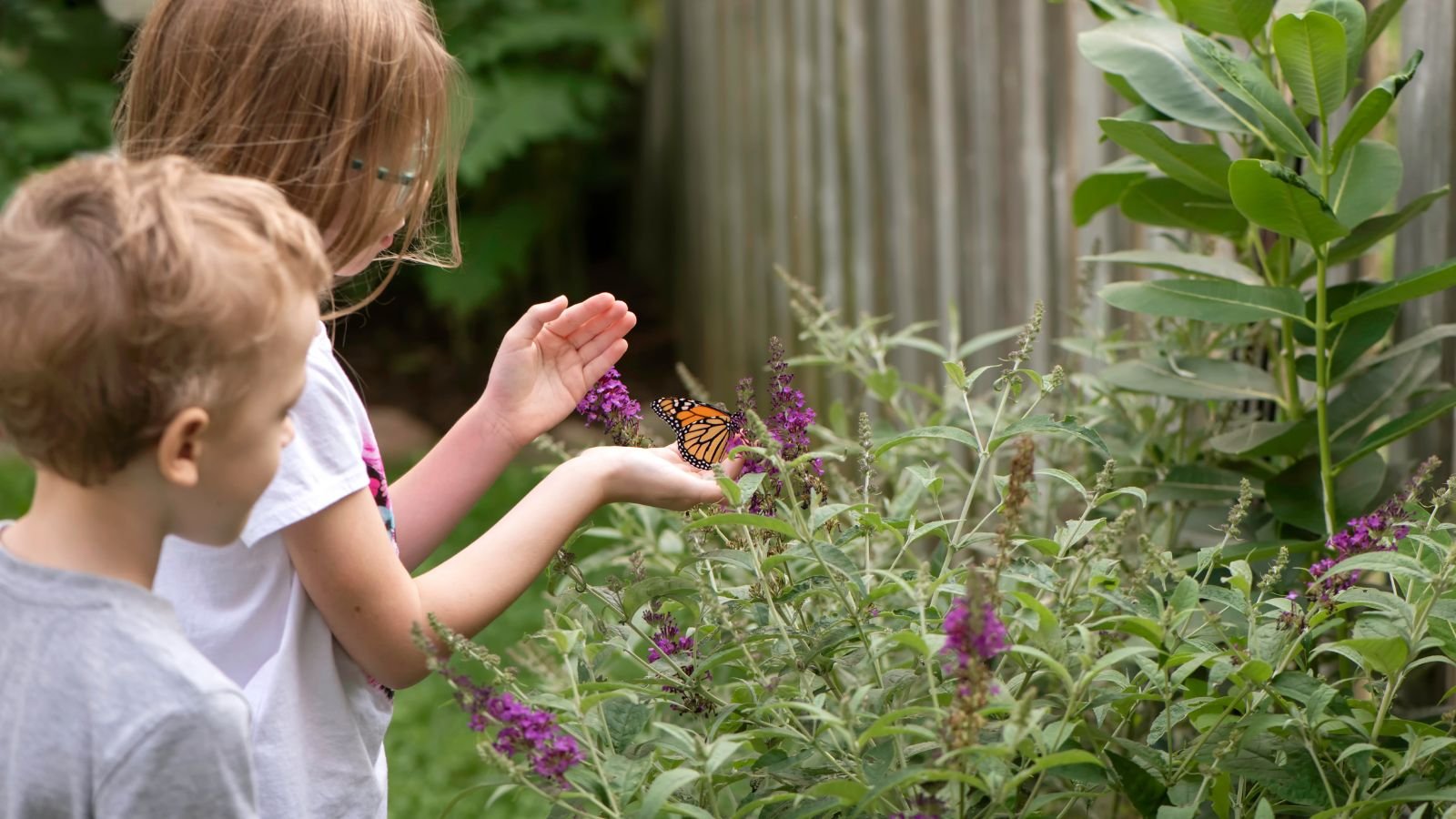
Butterfly Bush is a plant that provides nectar to pollinators such as butterflies and bees. However, its seemingly beneficial role masks its invasive nature. In many U.S. regions, it is considered a weed due to its aggressive behavior. Butterfly Bush competes with and displaces several native plant species, disrupting local ecosystems. It draws pollinators’ attention, often at the expense of other native flowering species. Although not directly destructive to creatures like butterflies and insects, it poses a significant threat to plant life in the regions where it grows. One effective control method to manage its spread involves applying a targeted pesticide directly to the plant’s trunk.
Norway Maple
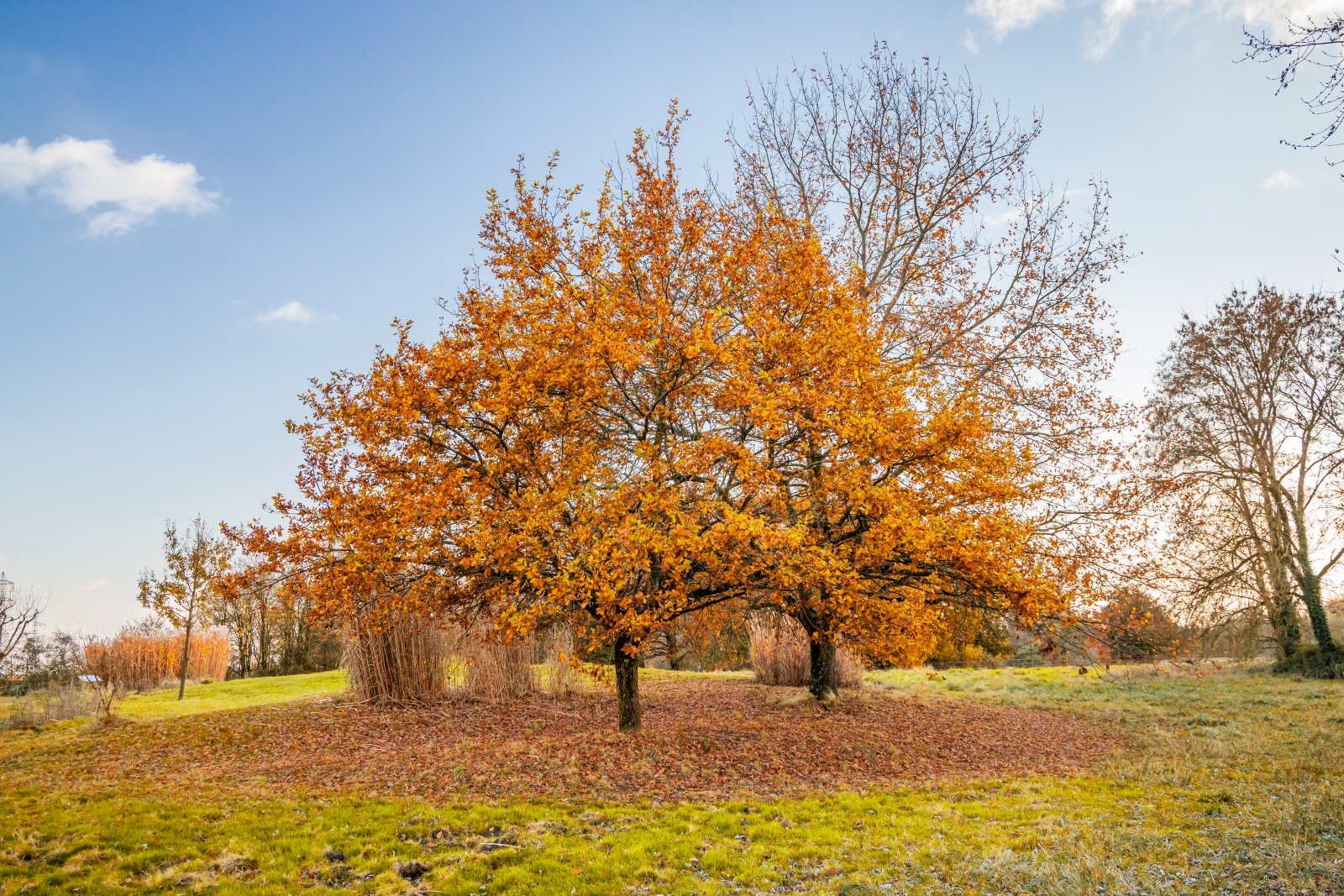
Despite its popularity for shade, the Norway maple wreaks havoc on native ecosystems. Introduced by plant explorer John Bartram in 1756, this aggressive tree outcompetes native maples, blocks sunlight from wildflowers, and disrupts entire landscapes. The Norway Maple’s shallow, dense root system competes fiercely with lawns and other landscaping plants. It can quickly take over an area, destroying native vegetation. Consider planting sugar or red maples instead – these beautiful native alternatives provide shade without the ecological burden.
Burning Bush
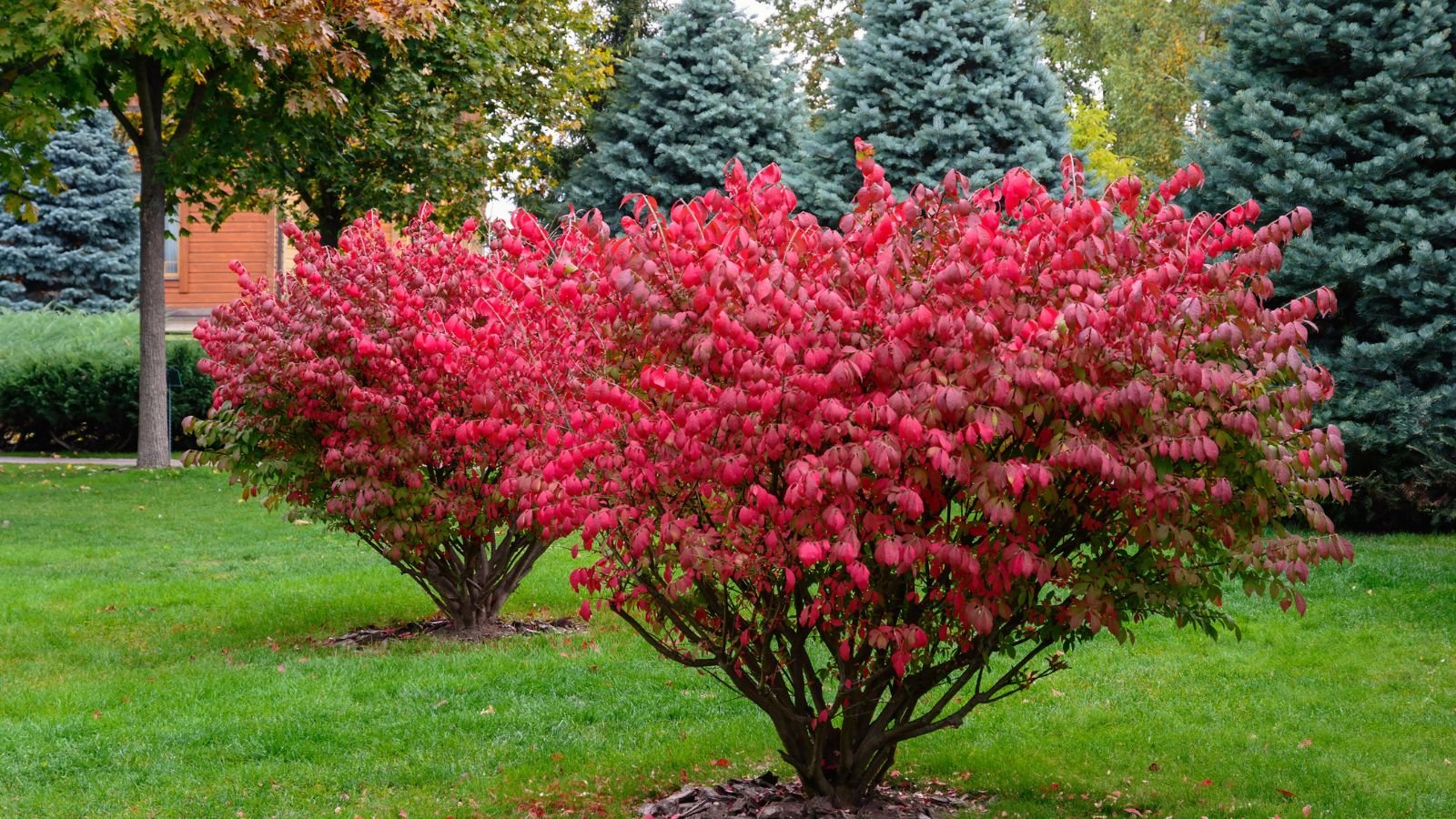
Burning bush, a landscaper’s favorite for its fiery fall foliage, hides a destructive secret. Originally from northeastern Asia, it was introduced to North America around 1860 as an ornamental shrub. Unfortunately, it escaped cultivation and now naturalizes in over 25 states, including Pennsylvania and Delaware. This invasive shrub aggressively spreads, choking out native plants and disrupting ecosystems. While its ornamental appeal is undeniable, avoid planting it near natural areas. Consider the American strawberry bush, a native beauty with similar aesthetics but a gentler ecological footprint.
Japanese Honeysuckle
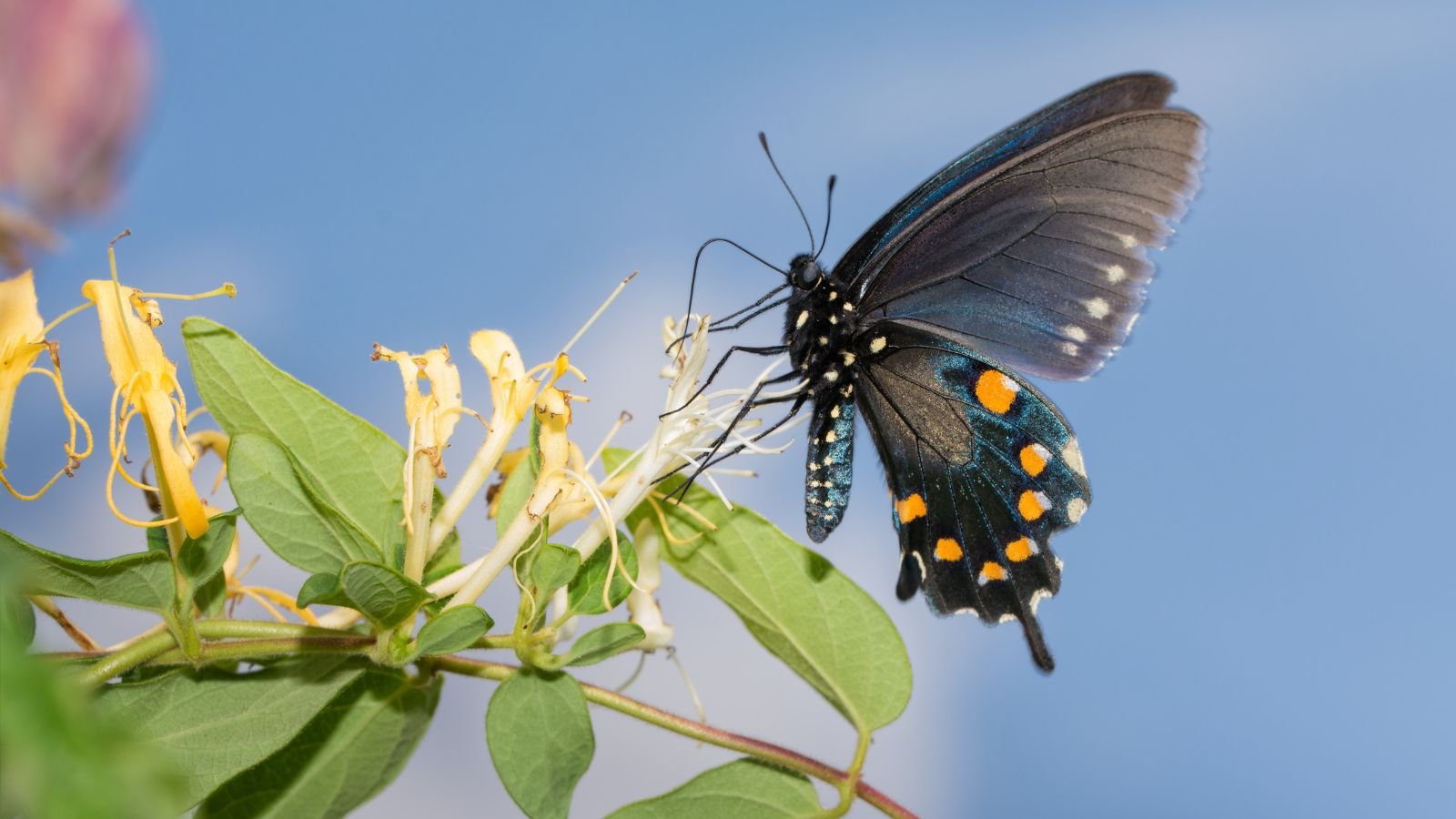
Japanese honeysuckle is a climbing vine known for its lovely scent, which makes it appealing to landscapers. However, its rapid growth can be problematic. It aggressively chokes out other plants as it winds over and around them. Although commonly used as a fragrant ornamental plant, it poses ecological risks. Control methods include manual removal of more minor infestations, mowing through larger ones, or applying herbicides for extensive spread. While it’s often used for erosion control along highways, Japanese honeysuckle can harm native plants by monopolizing light, space, and nutrients in specific areas.
Cogongrass
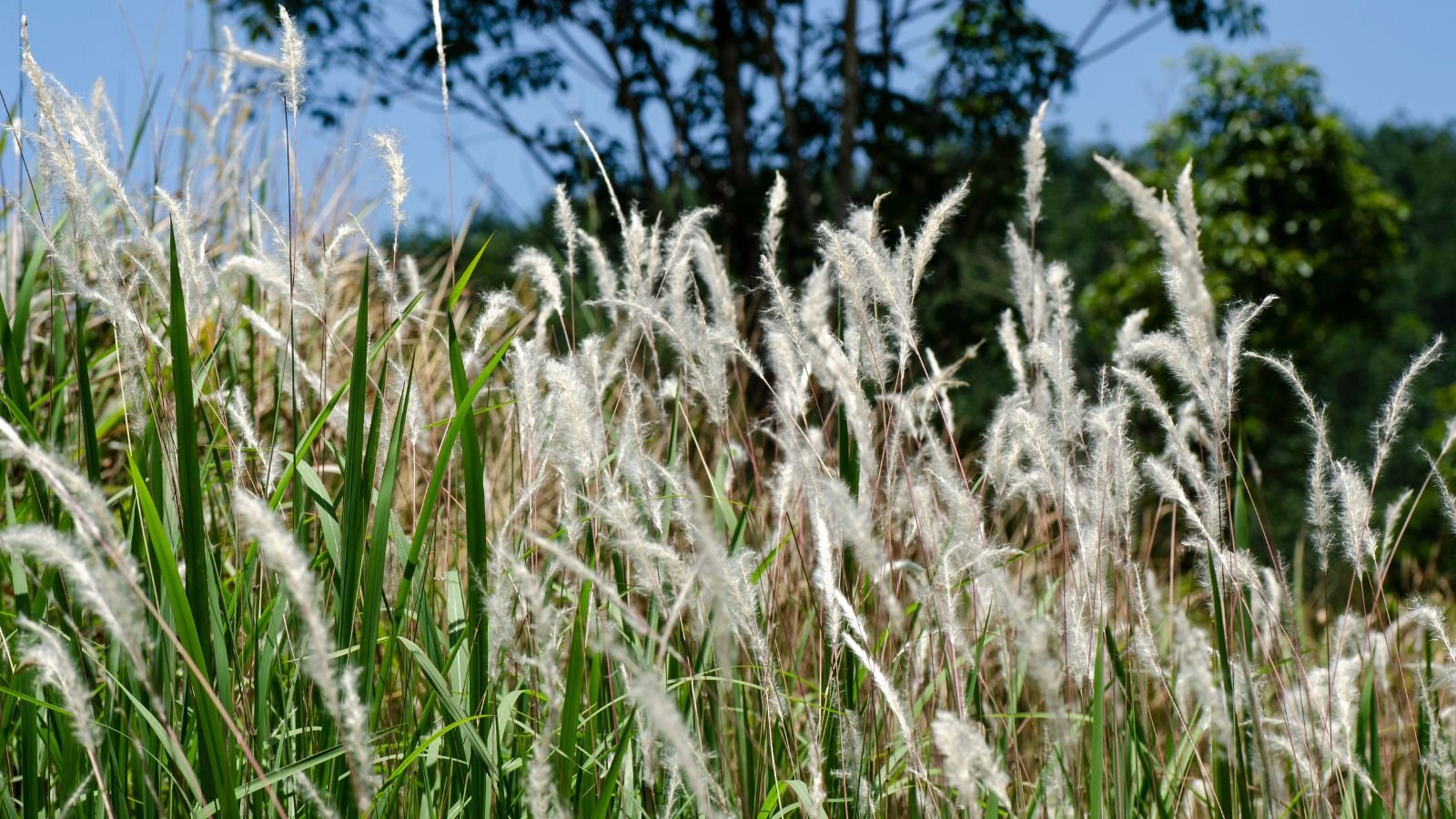
Cogongrass was unintentionally introduced to the southern United States as packing material around 1911 or 1912. It has since become one of the most invasive weeds globally. Originally brought to Florida for erosion control, cogongrass quickly revealed its true colors. This plant’s rapid growth and dense strands outcompete native species, disrupting ecosystems and altering landscapes. The weed’s tenacity knows no bounds, crowding out other plants and leaving a trail of ecological imbalance in its wake. Despite efforts to contain it, cogongrass continues to spread. The USDA warned Alabama residents as recently as March 2022, urging vigilance against this green invader.
